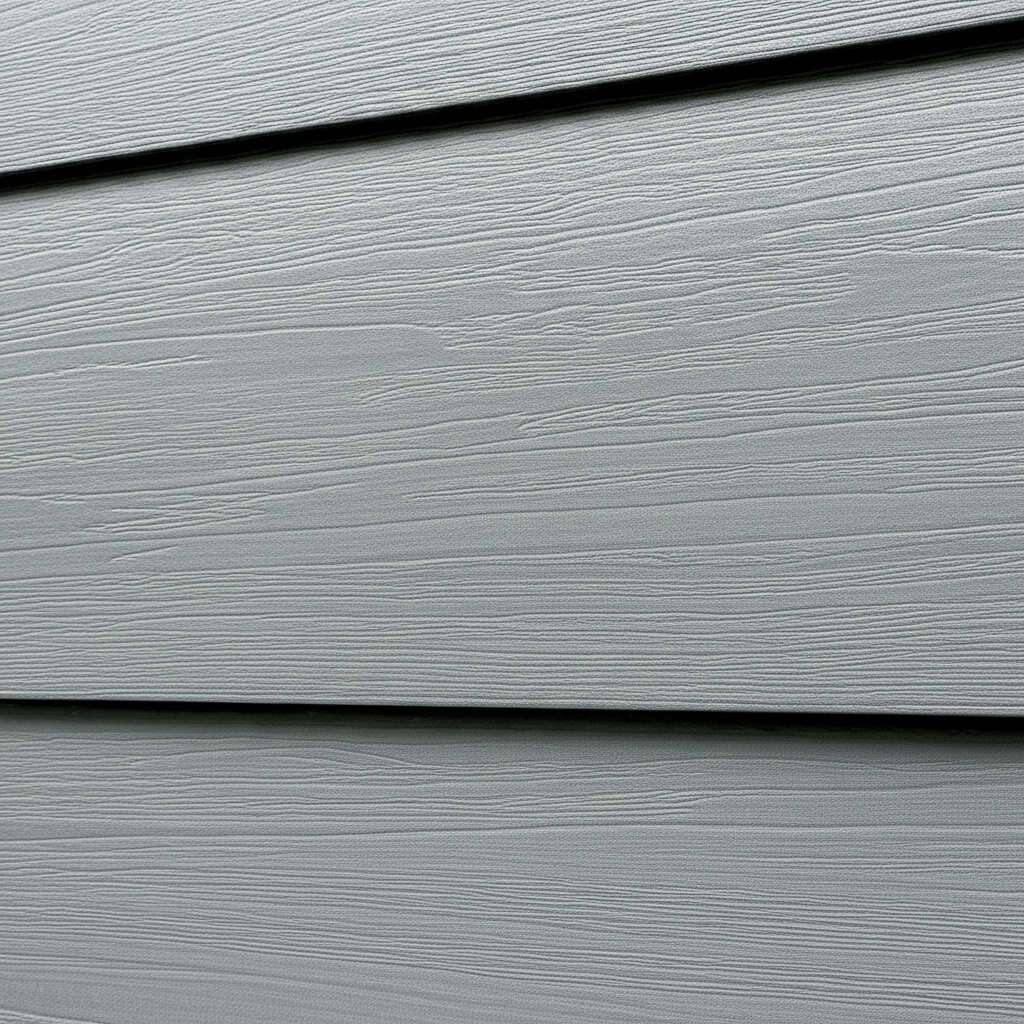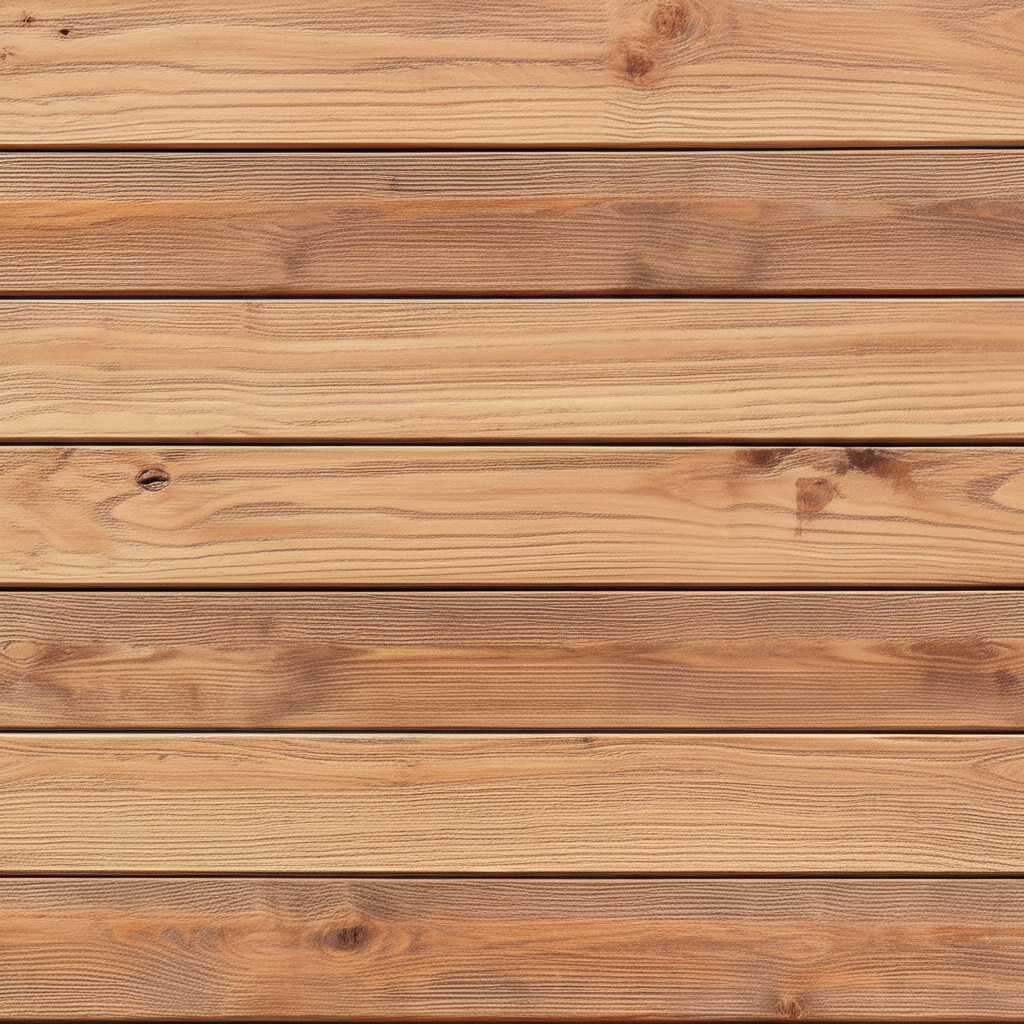Siding Options
Explore different siding materials to find the perfect match for your home.

Vinyl siding is one of the most popular choices for homeowners due to its affordability, durability, and minimal maintenance requirements.
Benefits:
- Cost-effective option
- Wide range of colors and styles
- Low maintenance - no painting required
- Resistant to insects and rot
Considerations:
- Can crack in extreme cold
- May fade over time with sun exposure

Fiber cement siding is a premium option that combines the appearance of wood with exceptional durability and longevity.
Benefits:
- Extremely durable and long-lasting
- Fire-resistant material
- Resistant to rot, insects, and harsh weather
- Can mimic the look of wood or masonry
Considerations:
- Higher cost than vinyl
- Heavier material requiring professional installation

Wood siding offers timeless appeal and natural beauty that many homeowners desire for their homes.
Benefits:
- Natural beauty and warmth
- Can be painted or stained in any color
- Environmentally friendly option
- Easy to repair individual sections
Considerations:
- Requires regular maintenance
- Susceptible to rot, insects, and moisture damage

Metal siding, typically aluminum or steel, offers a modern aesthetic with exceptional durability and weather resistance.
Benefits:
- Extremely durable and long-lasting
- Fire-resistant and weather-resistant
- Low maintenance requirements
- Recyclable and environmentally friendly
Considerations:
- Can dent from impacts
- May be noisy during rain or hail
Factors to Consider When Choosing Siding
Several important factors should influence your siding decision.
Your local climate plays a significant role in determining the best siding material for your home. Areas with extreme temperature changes, high humidity, or severe weather require more durable materials.
Consider how much time and money you're willing to invest in maintaining your siding. Some materials require regular painting or sealing, while others need minimal upkeep.
Siding contributes to your home's insulation. Some materials offer better thermal performance, which can help reduce heating and cooling costs throughout the year.
Your siding significantly impacts your home's appearance. Consider how different materials and styles complement your home's architecture and your personal preferences.
Siding materials vary widely in cost. Consider both the initial installation cost and long-term maintenance expenses when making your decision.
Different siding materials have varying lifespans. Consider how long you plan to stay in your home and the expected lifespan of the siding material.
Signs You Need New Siding
Watch for these warning signs that indicate it's time to replace your siding.
Visible cracks, holes, or warping in your siding can allow moisture to penetrate, potentially causing structural damage to your home.
If your heating and cooling costs have been rising, your siding may no longer be providing adequate insulation for your home.
Significant fading or discoloration not only affects your home's appearance but can also indicate that the siding is deteriorating and may no longer be protecting your home effectively.
The presence of mold, mildew, or fungus on your siding or inside your home could indicate that moisture is penetrating your siding and walls.
Siding that is loose, falling off, or easily moved when touched indicates failing fasteners or structural issues that need immediate attention.
Ready to Upgrade Your Home's Siding?
Connect with local siding professionals who can help you choose the right option for your home.